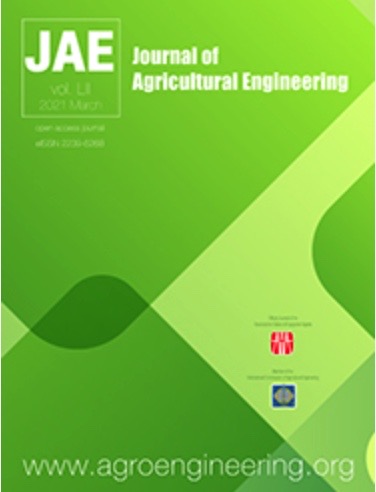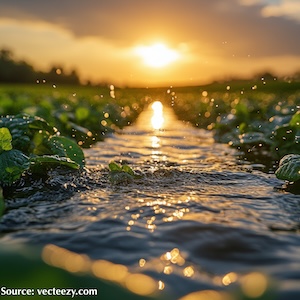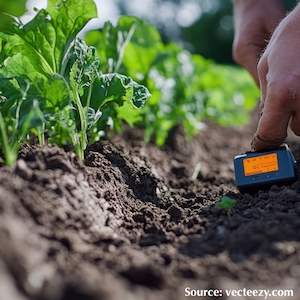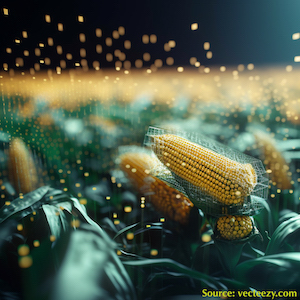Original Articles
Vol. 52 No. 3 (2021)
Geometric and kinematic parameters of vibrating knife in the development of cutting machines
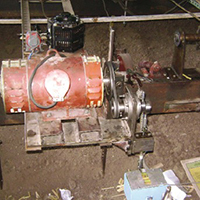
Publisher's note
All claims expressed in this article are solely those of the authors and do not necessarily represent those of their affiliated organizations, or those of the publisher, the editors and the reviewers. Any product that may be evaluated in this article or claim that may be made by its manufacturer is not guaranteed or endorsed by the publisher.
All claims expressed in this article are solely those of the authors and do not necessarily represent those of their affiliated organizations, or those of the publisher, the editors and the reviewers. Any product that may be evaluated in this article or claim that may be made by its manufacturer is not guaranteed or endorsed by the publisher.
Received: 12 January 2021
Accepted: 18 July 2021
Accepted: 18 July 2021
1240
Views
488
Downloads
18
HTML

